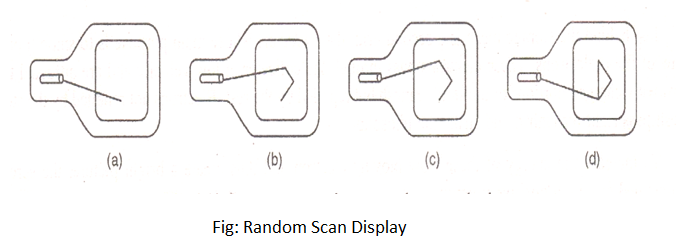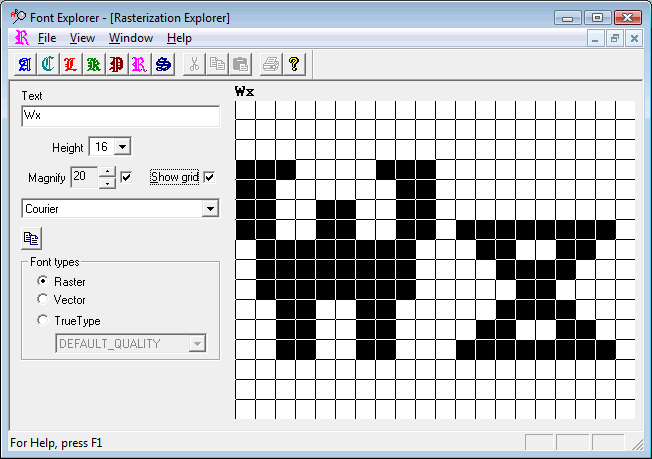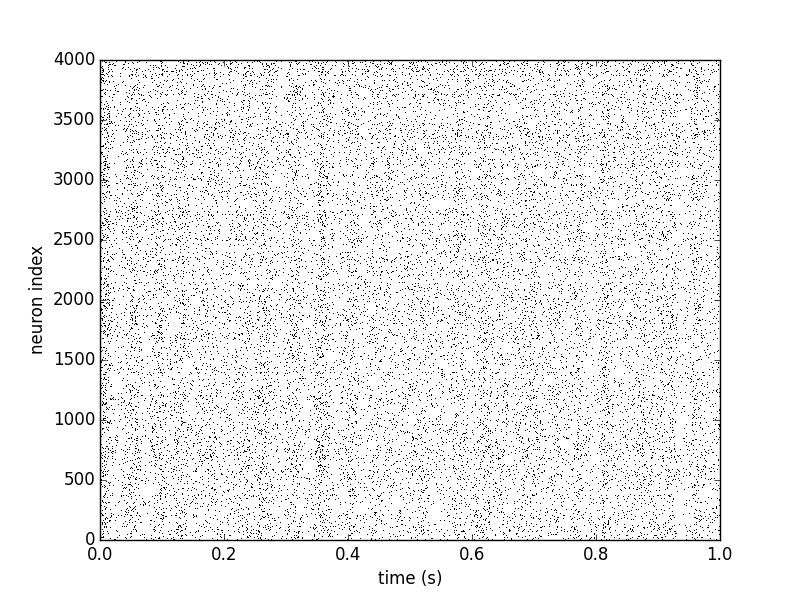

Īdvances in microprocessor technology paved the way for the development and marketing of charge-coupled devices (CCDs) for use in a wide range of image capture devices and gradually displaced the use of analog film and tape in photography and videography towards the end of the 20th century. As well as origination of digital images, digitization of analog images allowed the enhancement and restoration of archaeolgical artifacts and began to be used in fields as diverse as nuclear medicine, astronomy, law enforcement, defence and industry. The invention of computerised axial tomography (CAT scanning), using x-rays to produce a digital image of a "slice" through a three-dimensional object, was of great importance to medical diagnostics. Rapid advances in digital imaging began with the introduction of microprocessors in the early 1970s, alongside progress in related storage and display technologies. Projects at the Jet Propulsion Laboratory, MIT, Bell Labs and the University of Maryland, among others, used digital images to advance satellite imagery, wirephoto standards conversion, medical imaging, videophone technology, character recognition, and photo enhancement. The first computer-generated digital images were produced in the early 1960s, alongside development of the space program and in medical research. Some viewers offer a slideshow utility, to see the images in a certain folder one after the other automatically. The SVG format is more and more used in the web and is a standard W3C format. The GIF, JPEG and PNG images can be seen simply using a web browser because they are the standard internet image formats. The user can utilize different program to see the image. This section may require cleanup to meet 's quality standards.

Although this format is not yet universally accepted, support for the product is growing and archival confidence is building.

An alternative may be a Digital Negative (DNG) a proprietary Adobe product described as “the public, archival format for digital camera raw data”. Unfortunately, there is an issue of proprietary information for some camera makers, but organizations are attempting to influence the manufacturers of them to avail these records publicly. These file formats allow the photographer and the processing agent the greatest level of control and accuracy for output. The Universal Photographic Imaging Guidelines (UPDIG) suggests this format be used when possible since raw files produce the best quality images. Some digital cameras give access to almost all the data captured by the camera, using a raw image format. Most users come into contact with raster images through digital cameras. In that case, each datum is called a voxel. The term digital image is also applied to data associated to points scattered over a three-dimensional region, such as produced by tomographic equipment. Digital images can be classified according to The field of digital image processing is the study of algorithms for their transformation.Įach pixel of a raster image is typically associated to a specific 'position' in some 2D region, and has a value consisting of one or more quantities (samples) related to that position. They can also be synthesized from arbitrary non-image data, such as mathematical functions or three-dimensional geometric models the latter being a major sub-area of computer graphics. Raster images can be created by a variety of input devices and techniques, such as digital cameras, scanners, coordinate-measuring machines, seismographic profiling, airborne radar, and more. These values are often transmitted or stored in a compressed form. Typically, the pixels are stored in computer memory as a raster image or raster map, a two-dimensional array of small integers. Pixels are the smallest individual element in an image, holding quantized values that represent the brightness of a given color at any specific point. The digital image contains a fixed number of rows and columns of pixels. Raster images have a finite set of digital values, called picture elements or pixels.


 0 kommentar(er)
0 kommentar(er)
